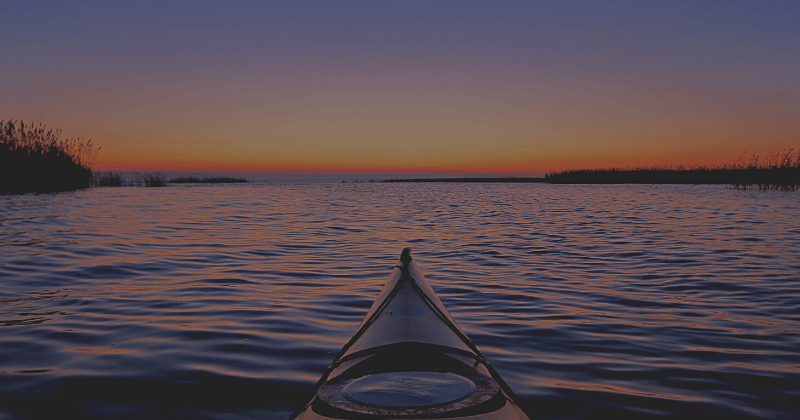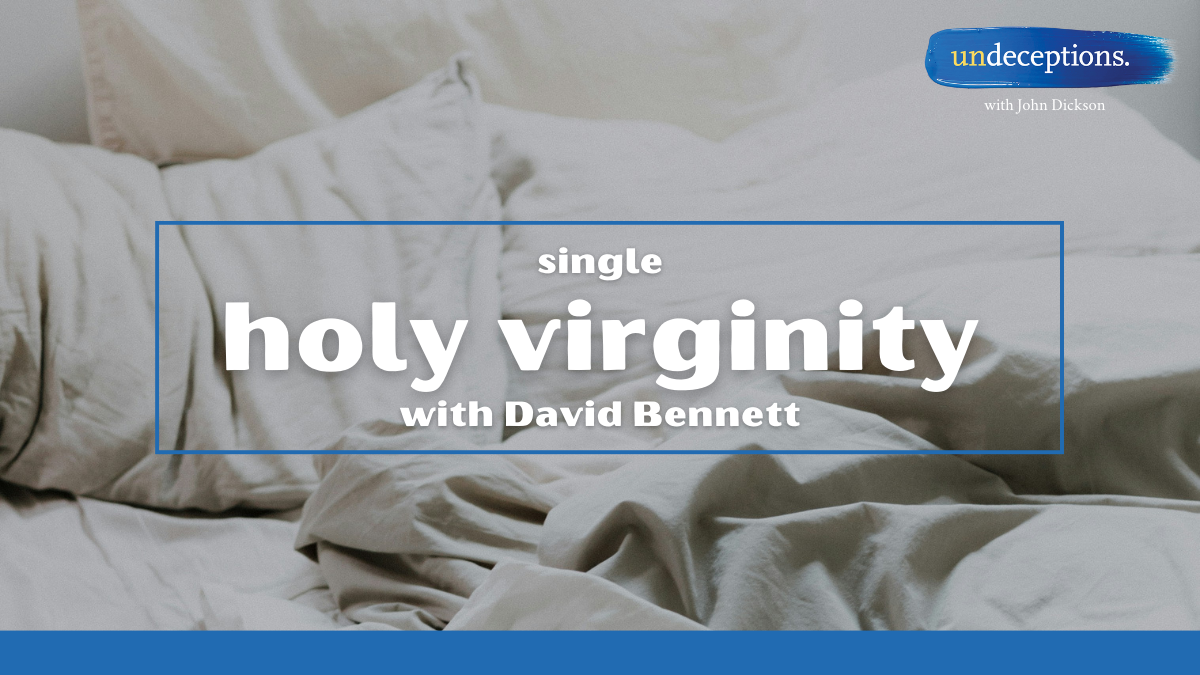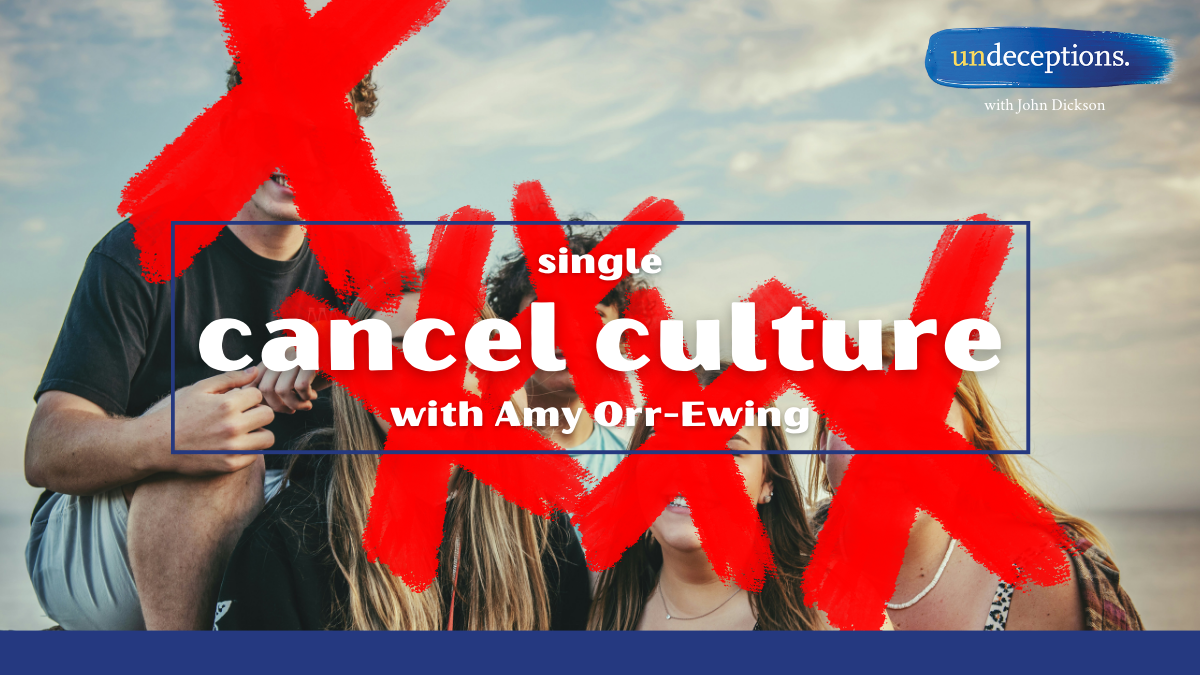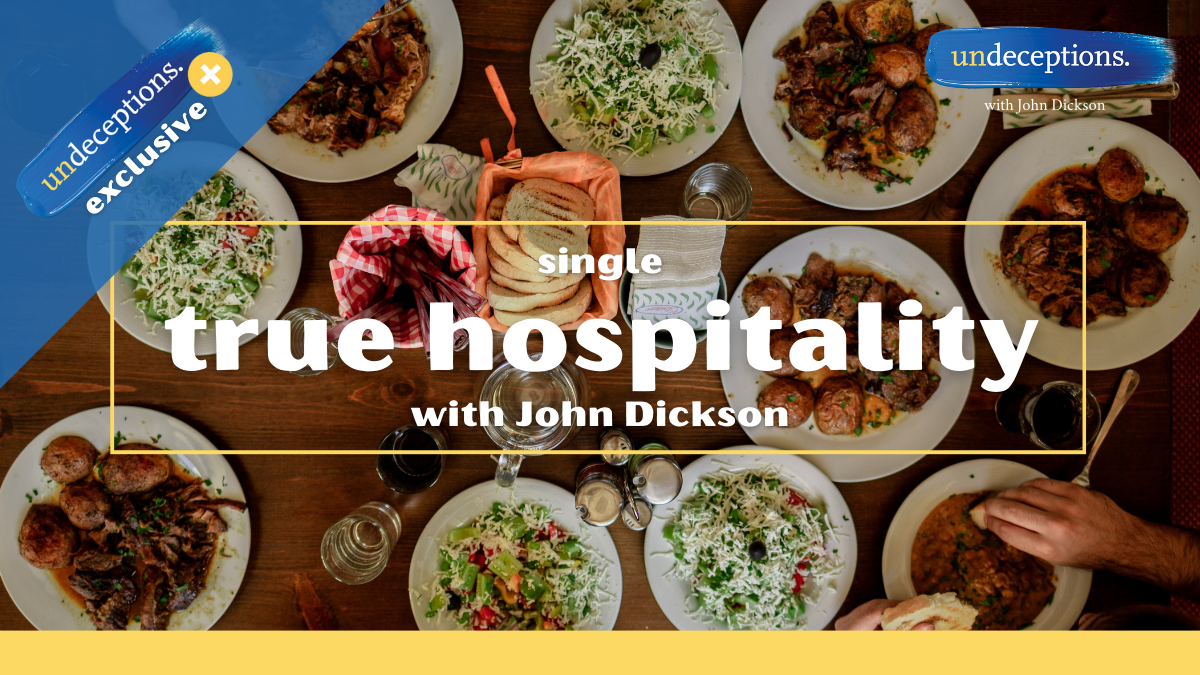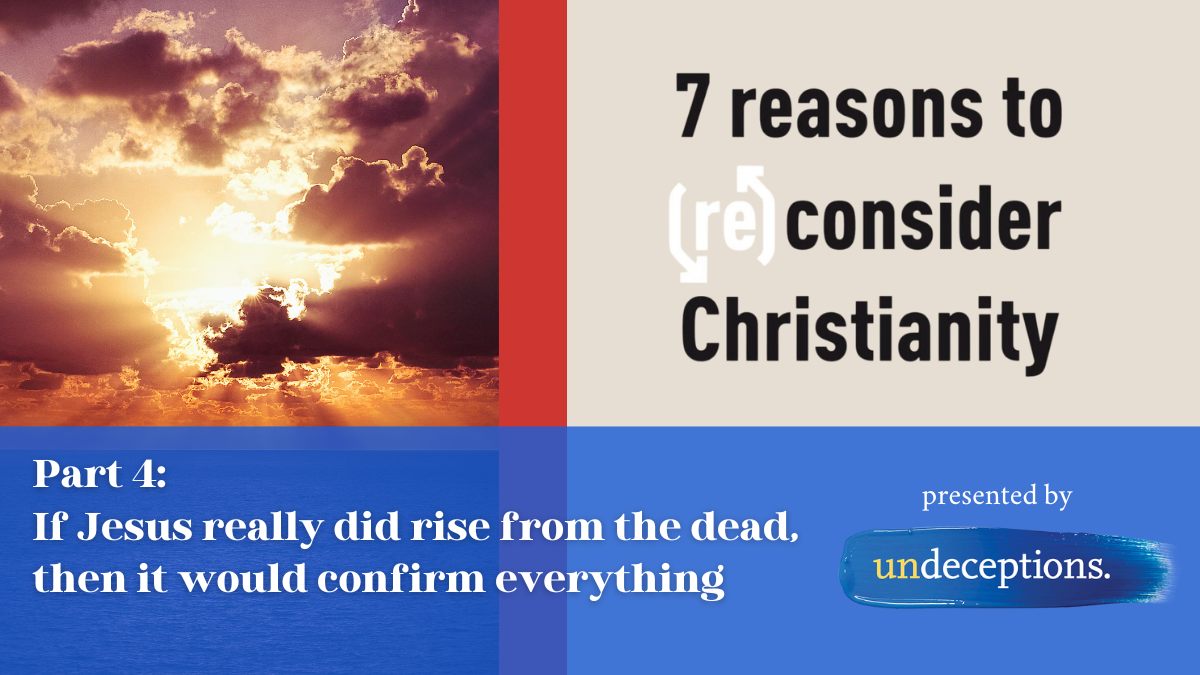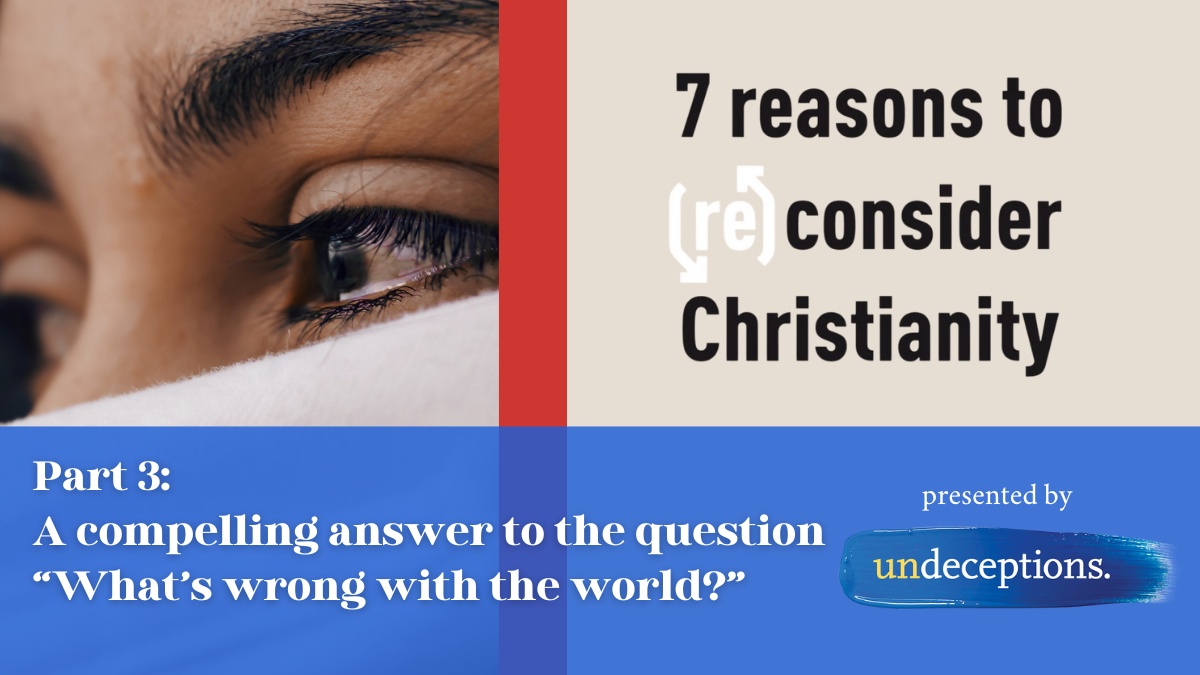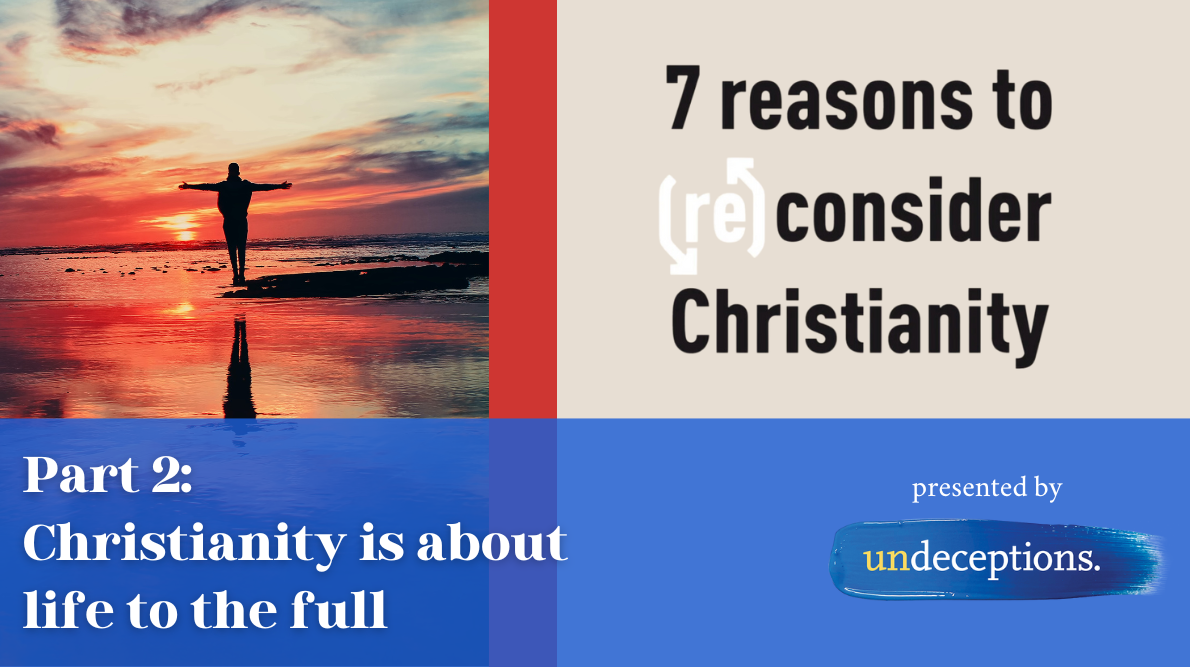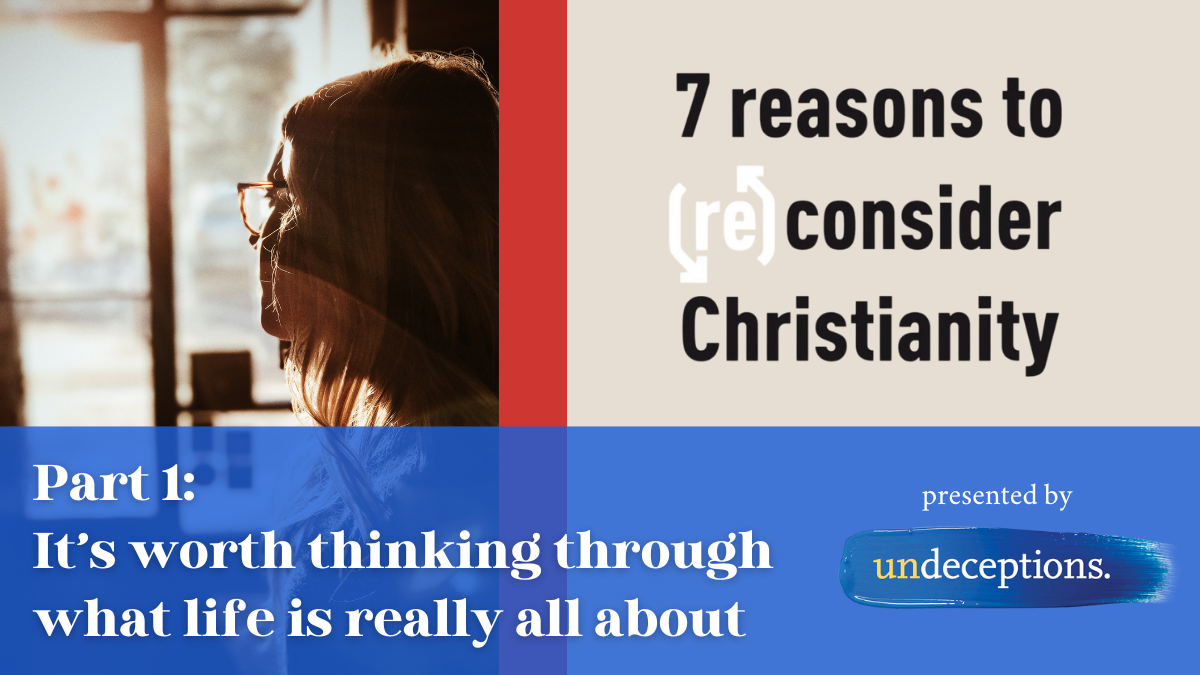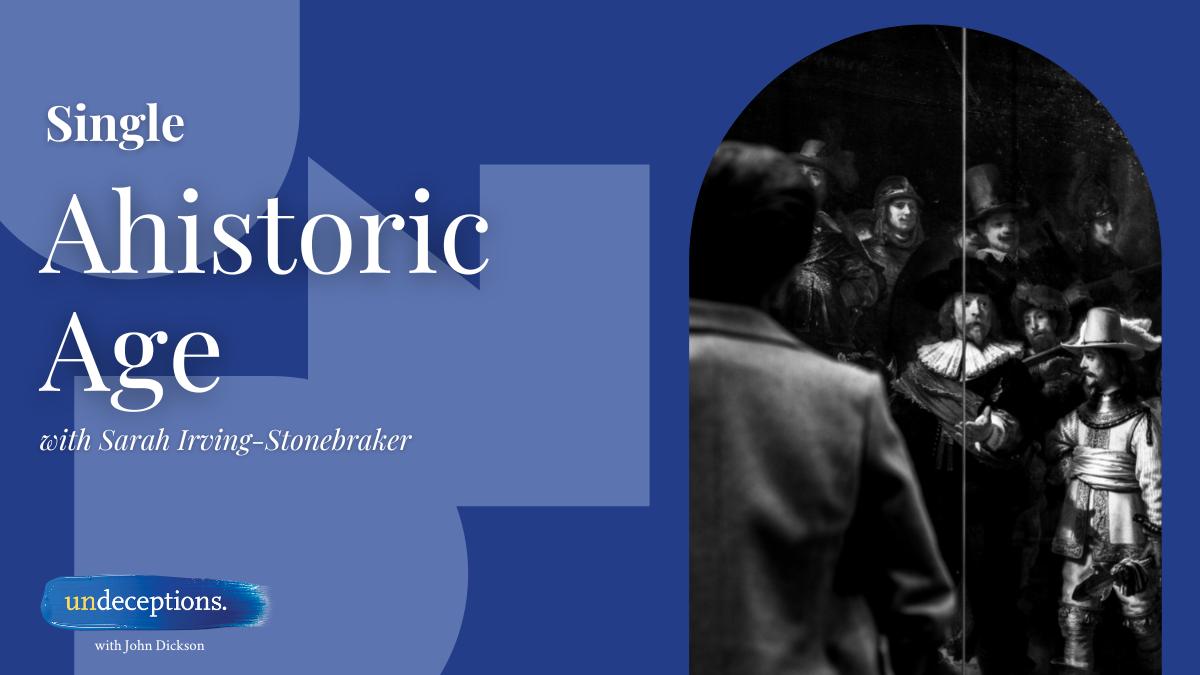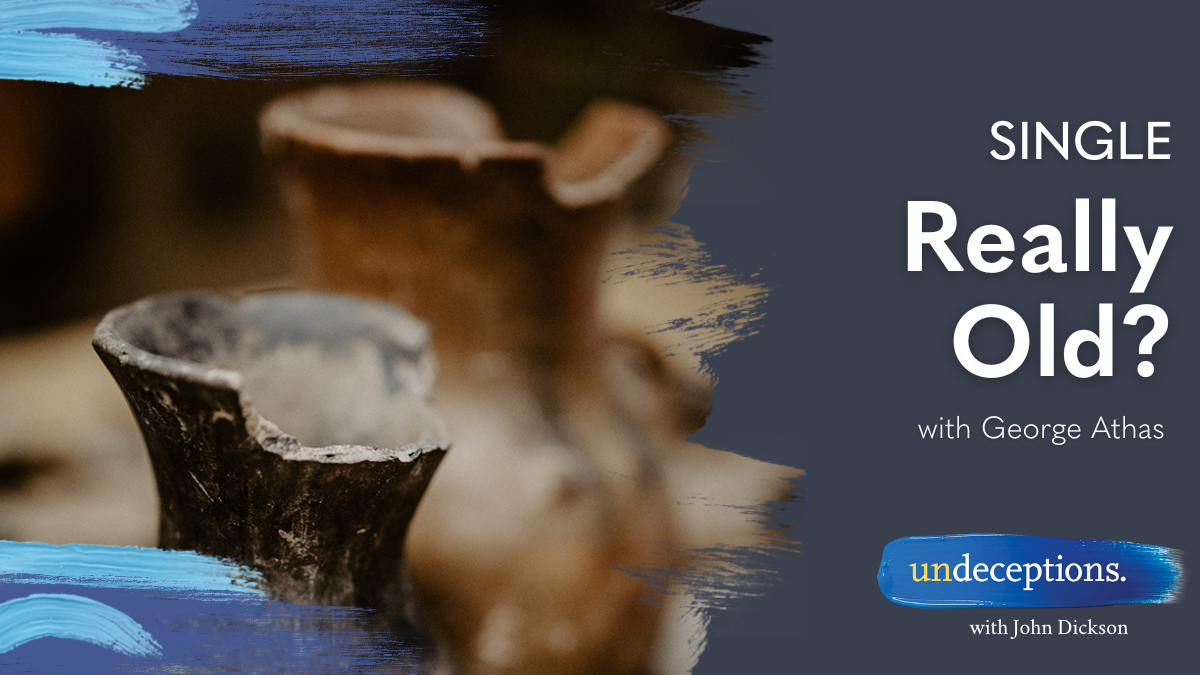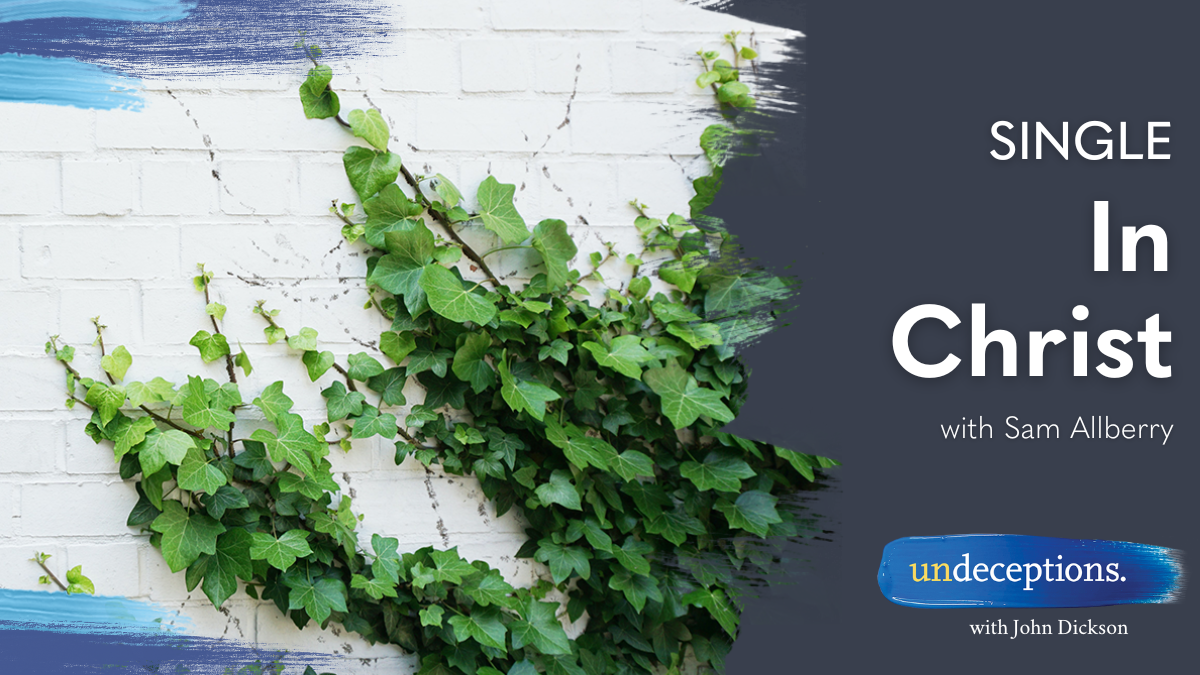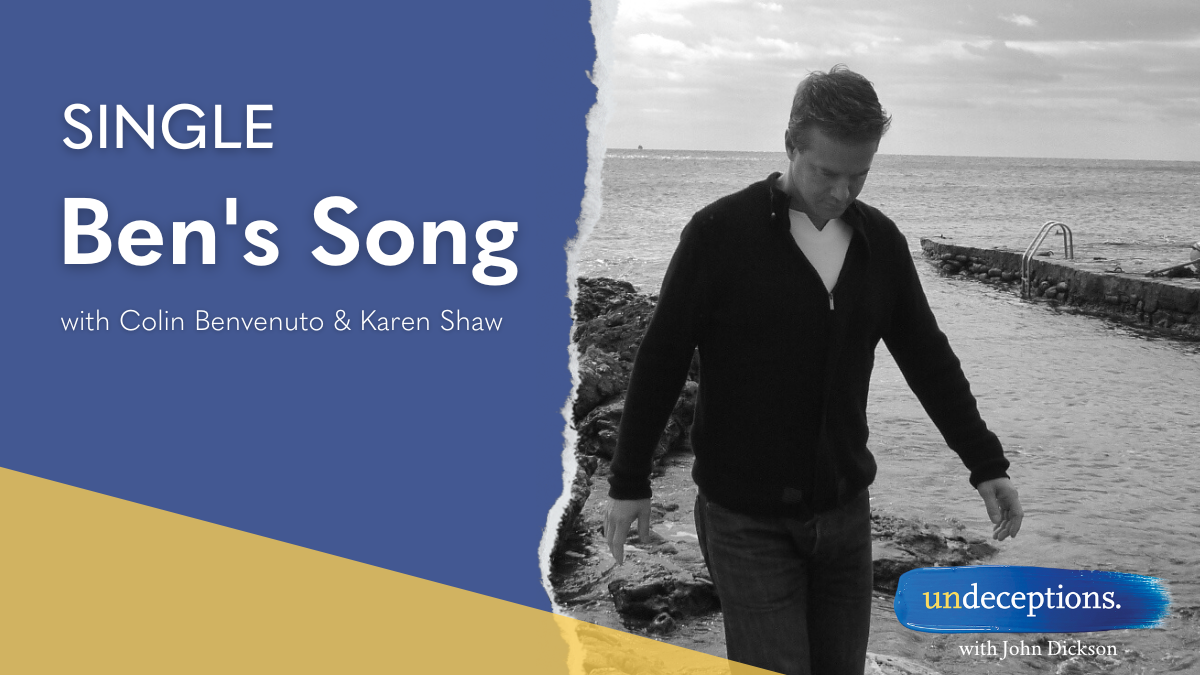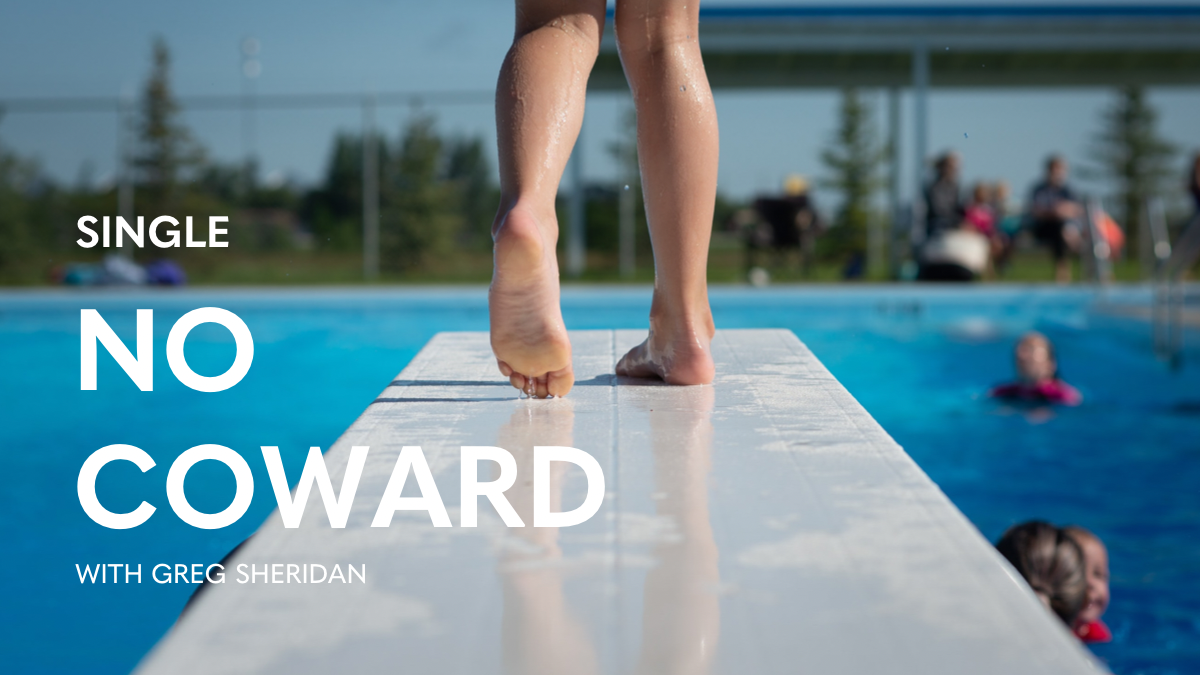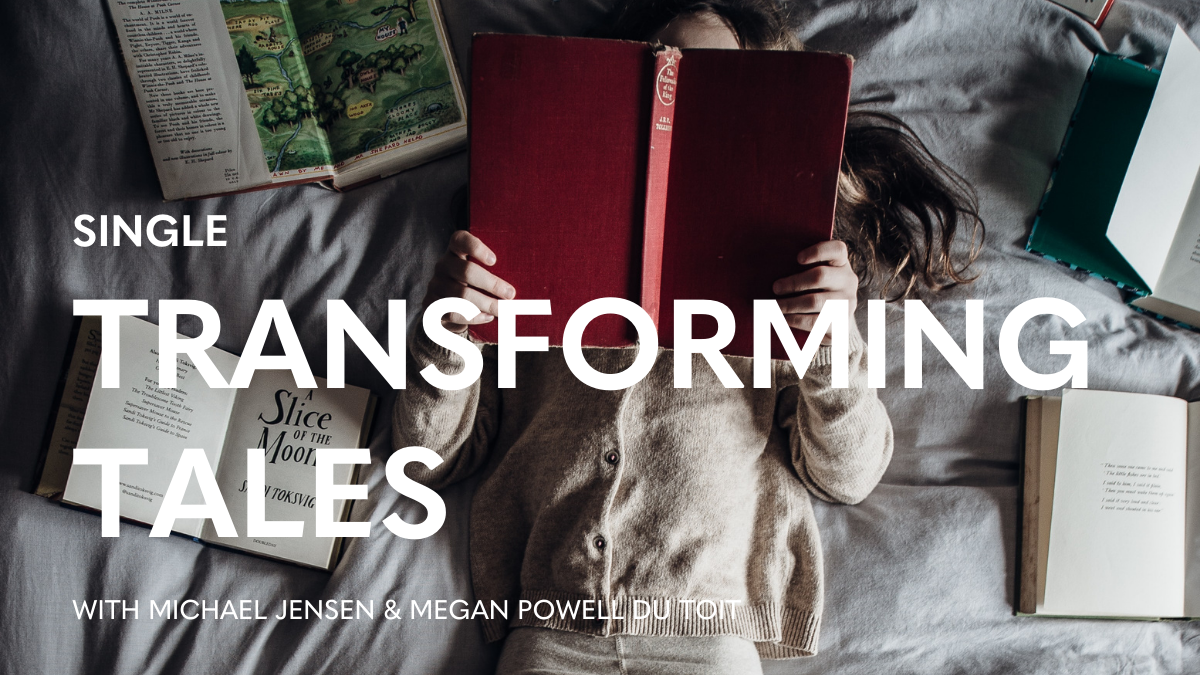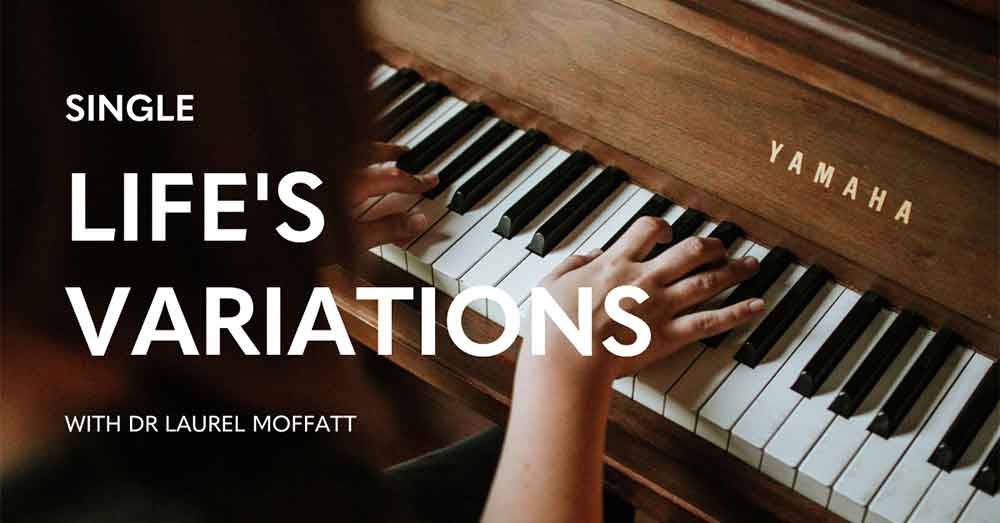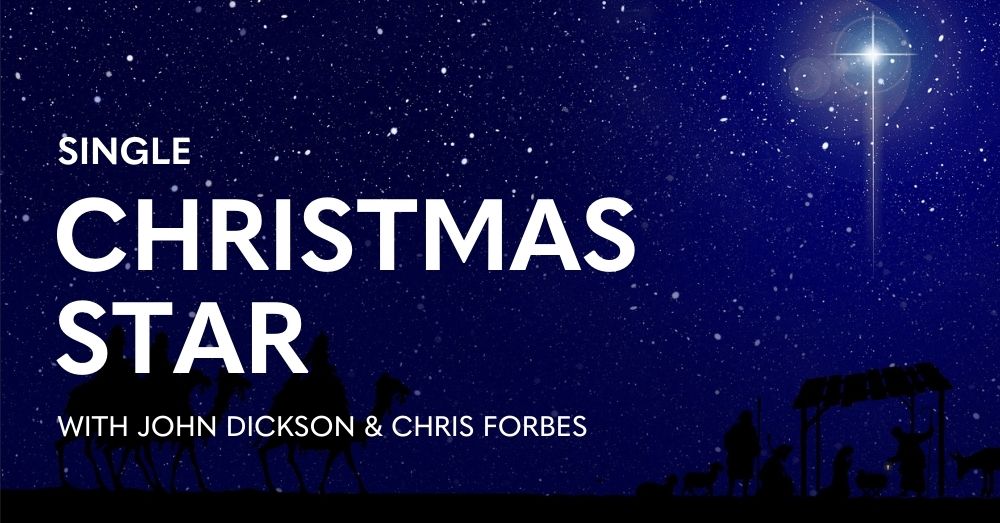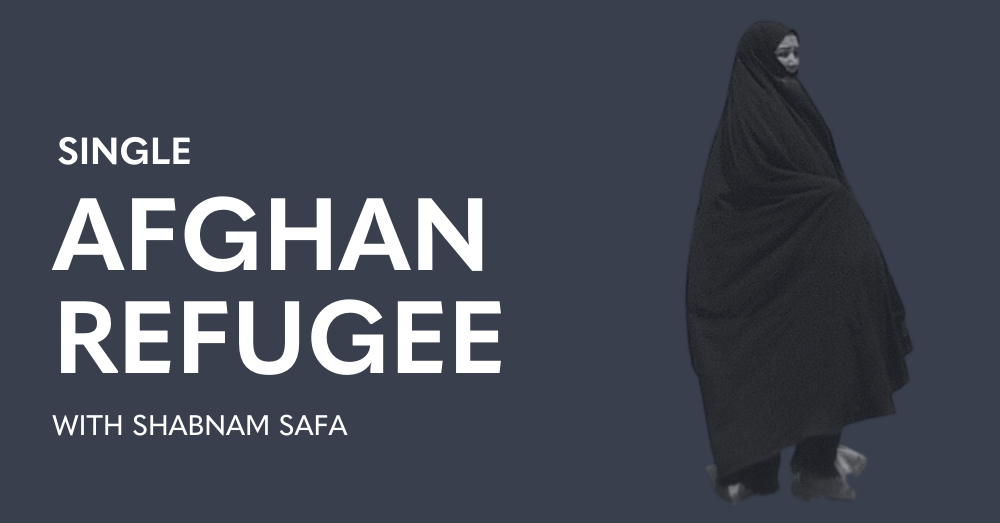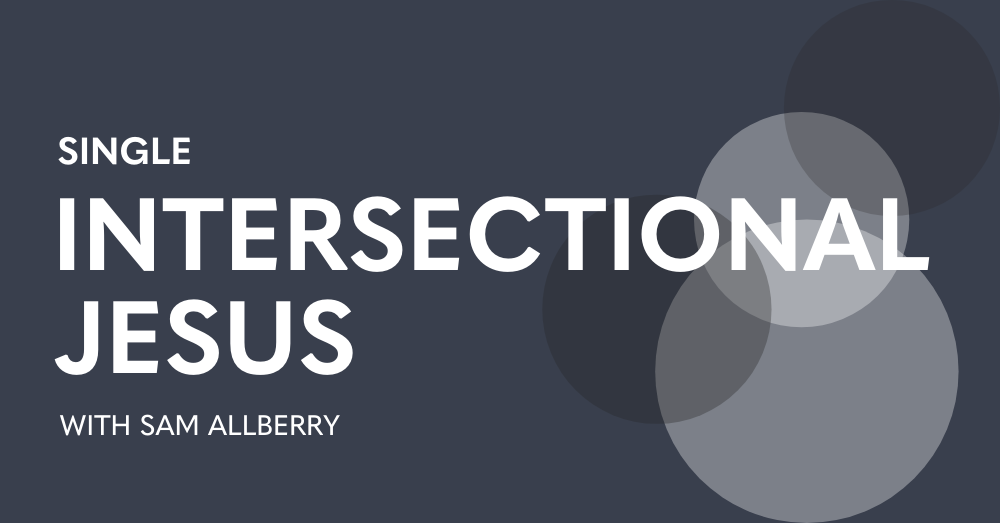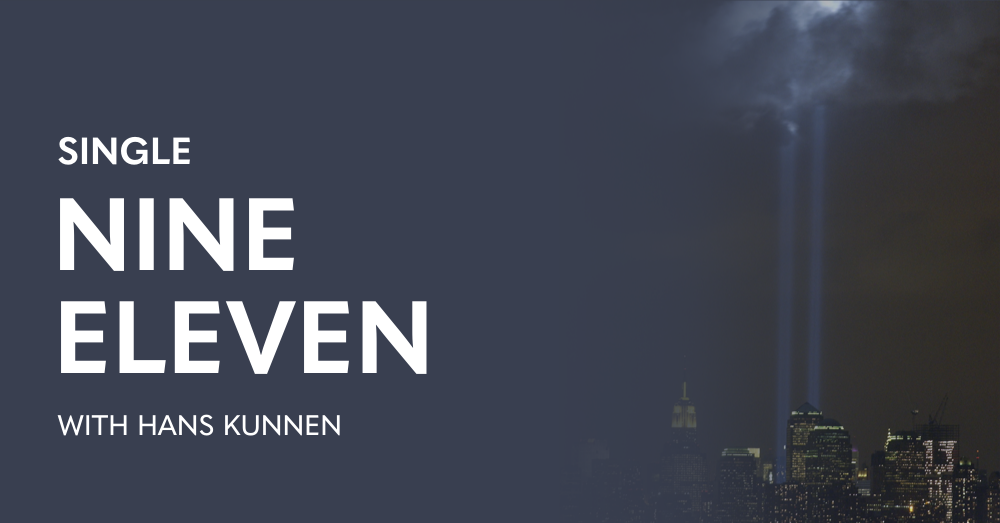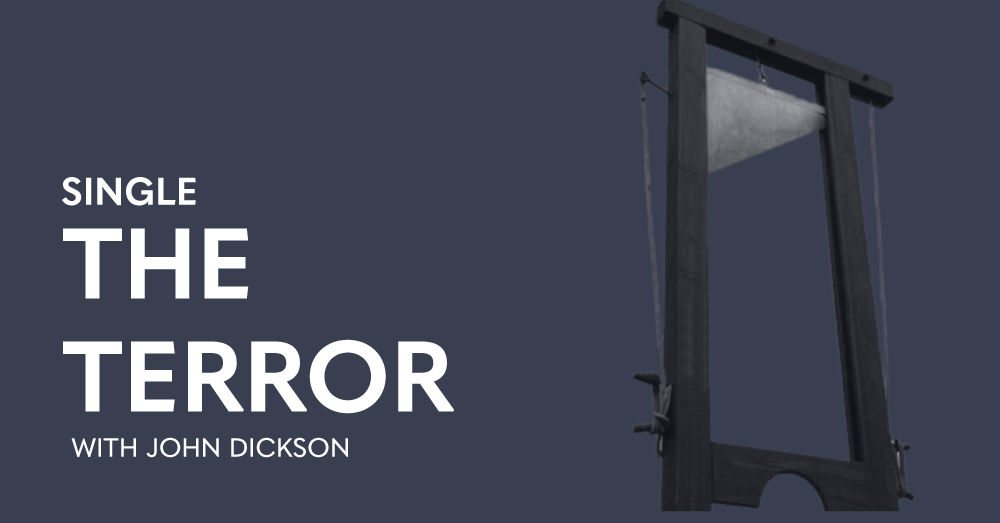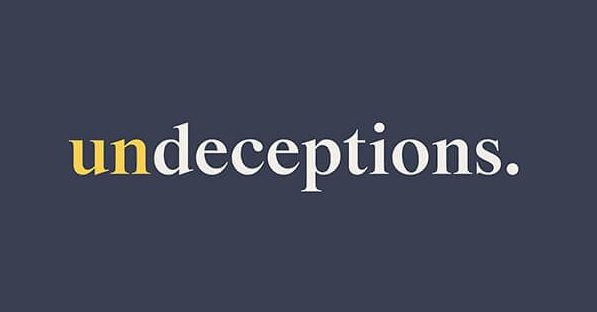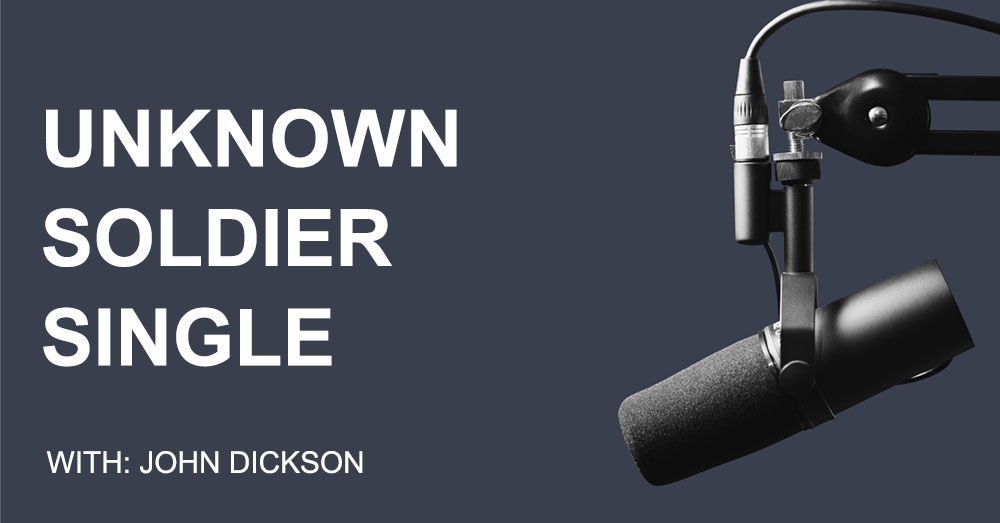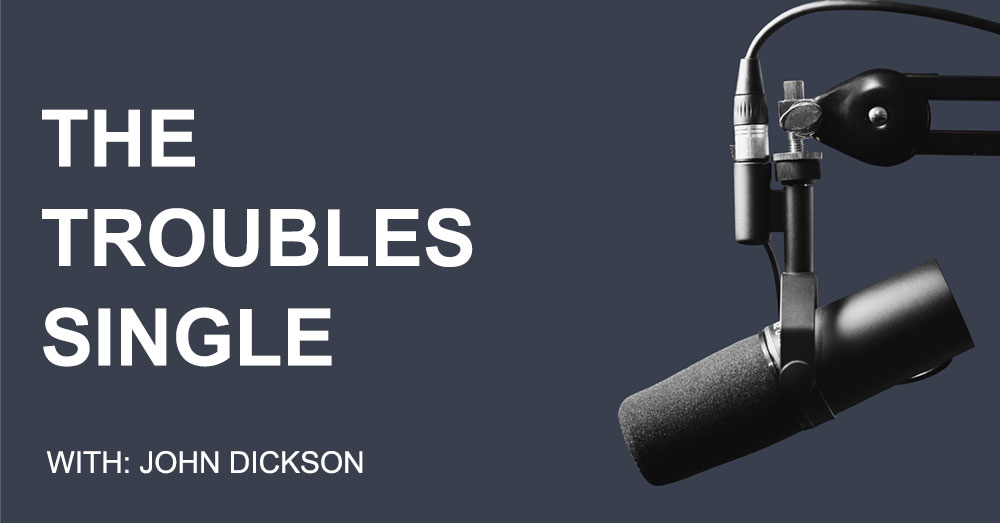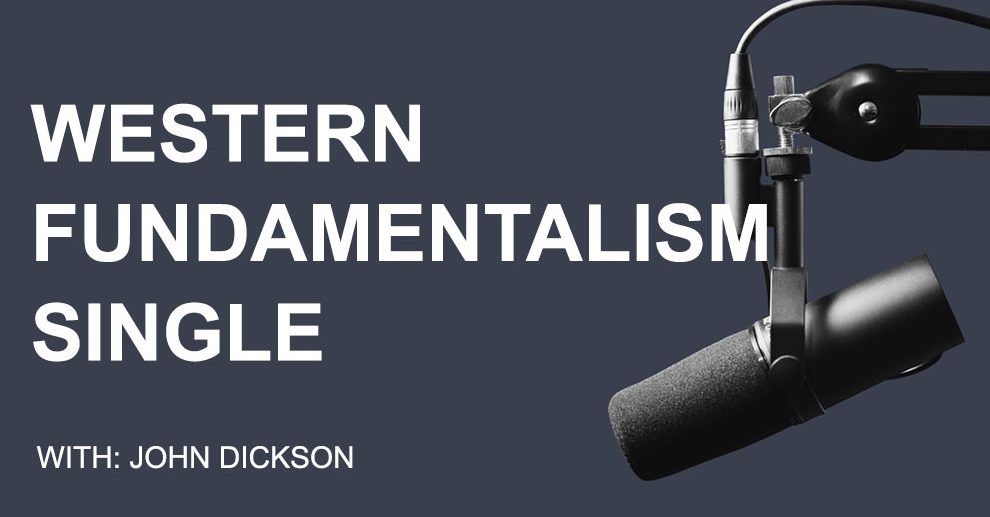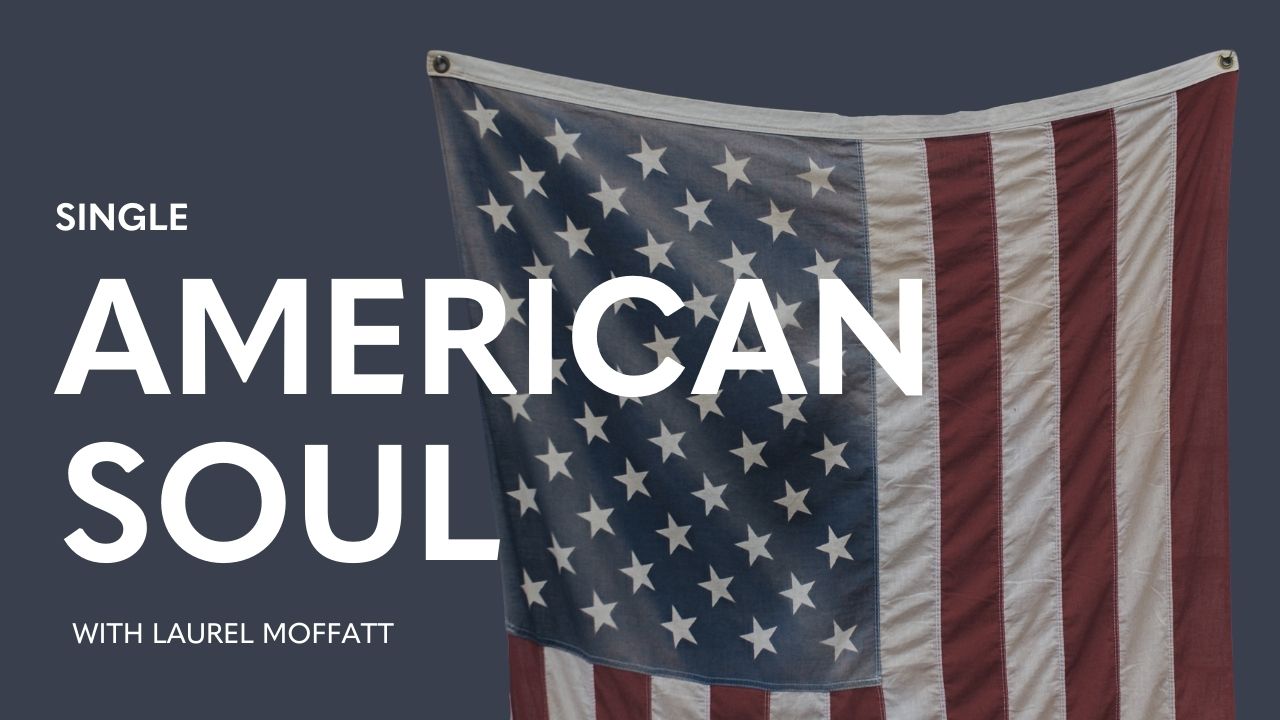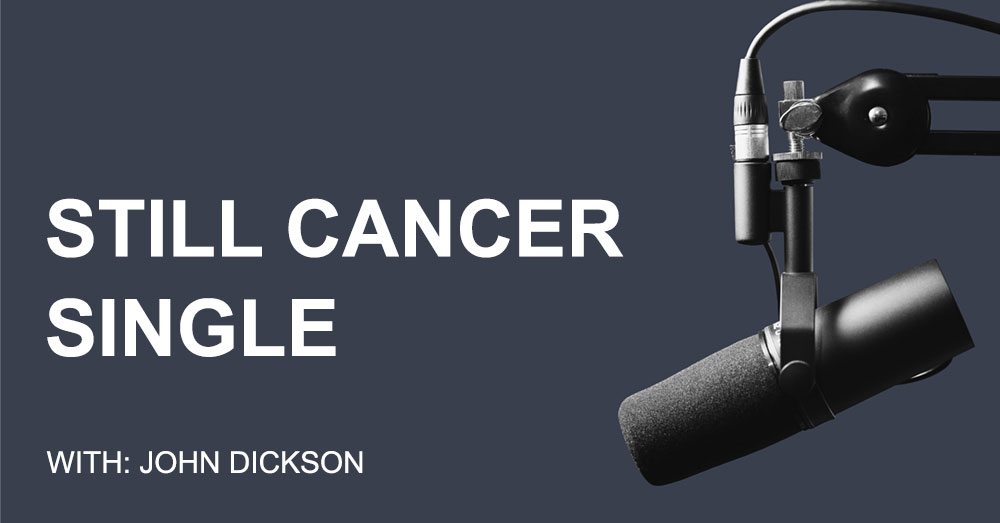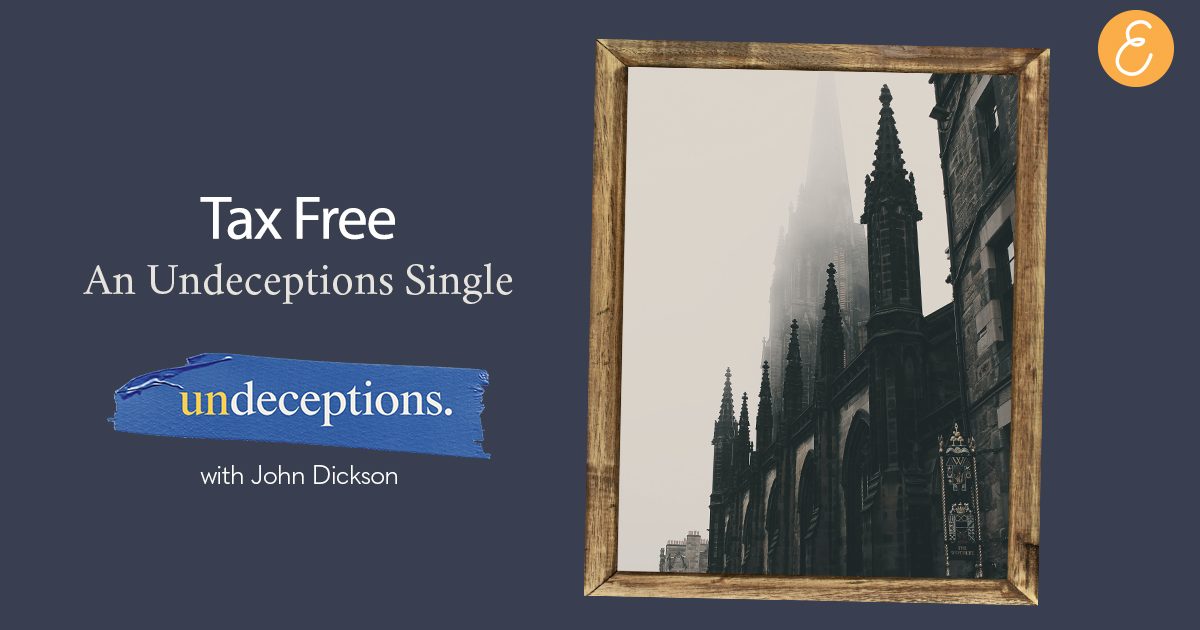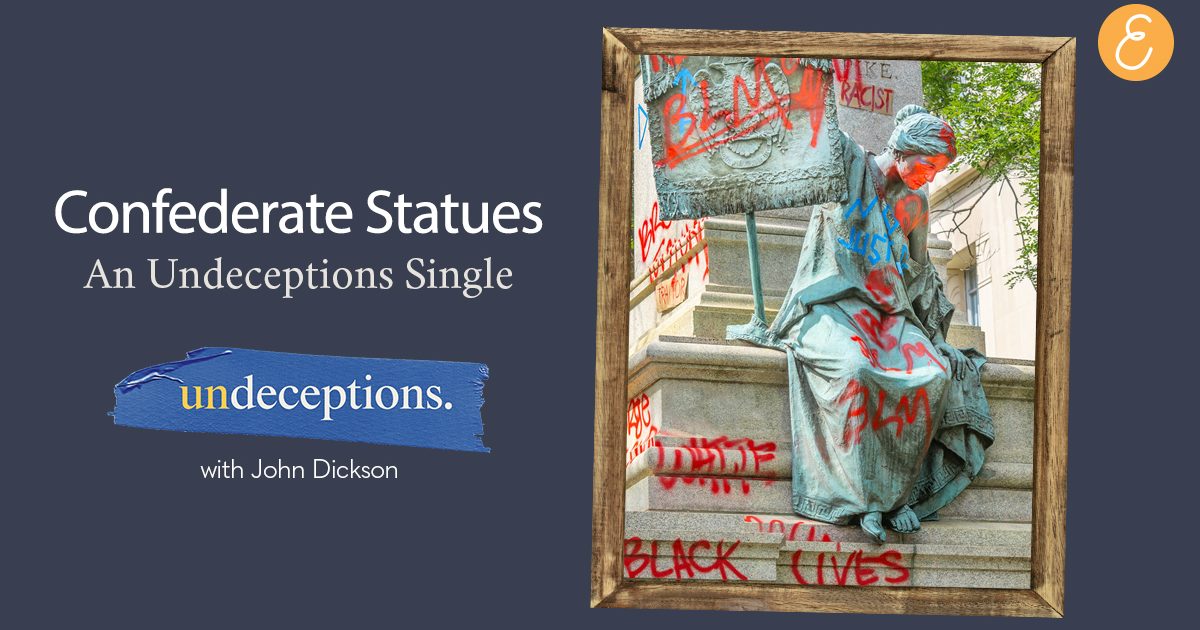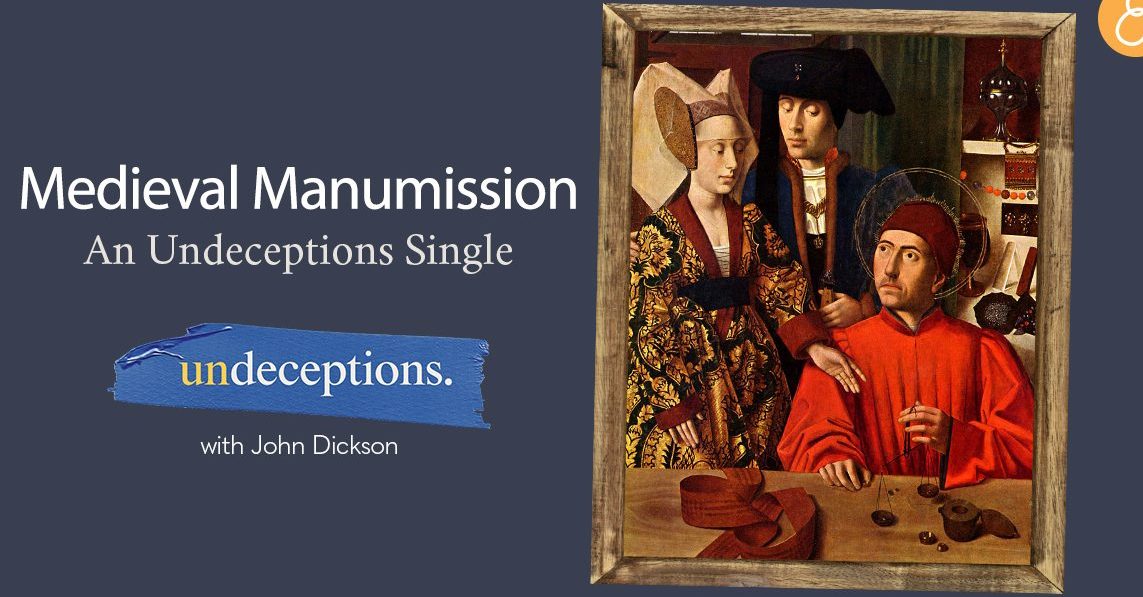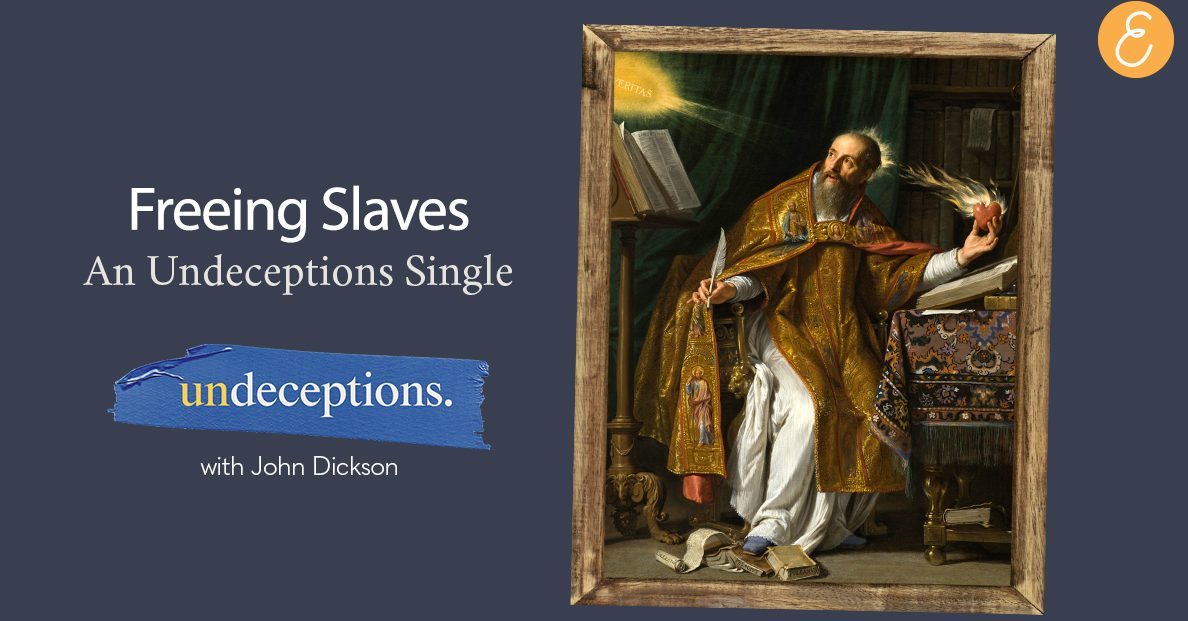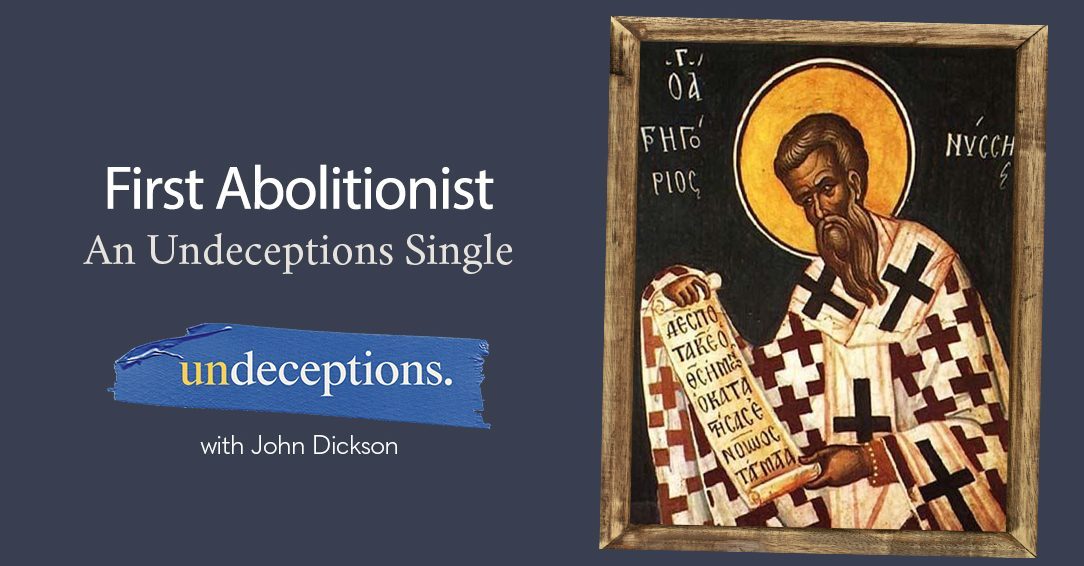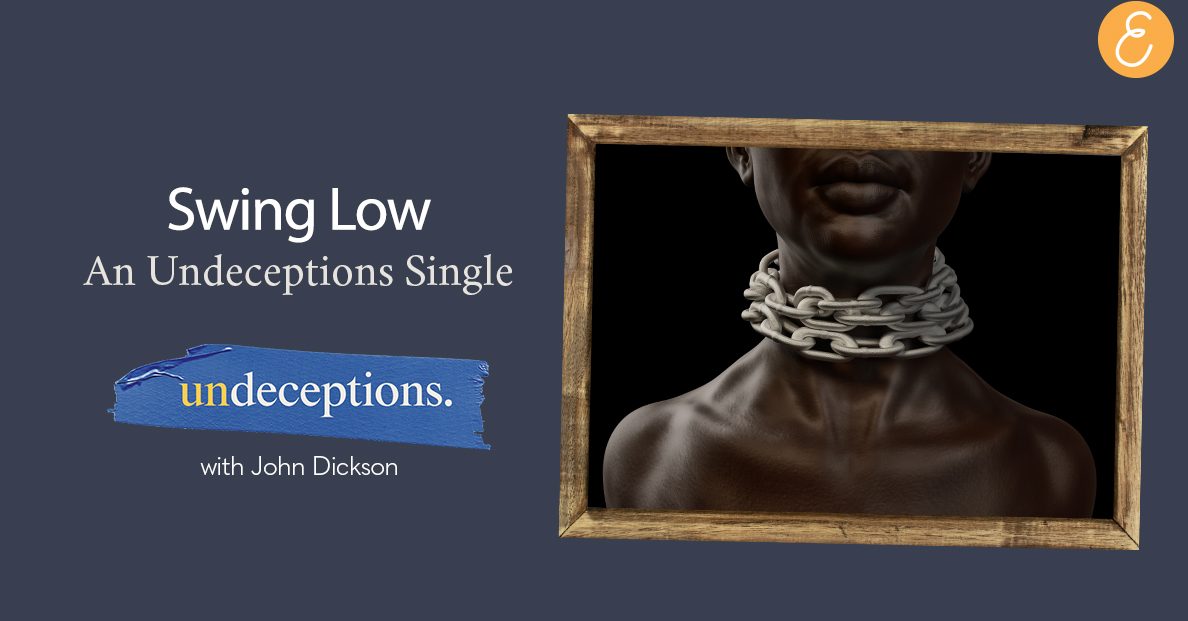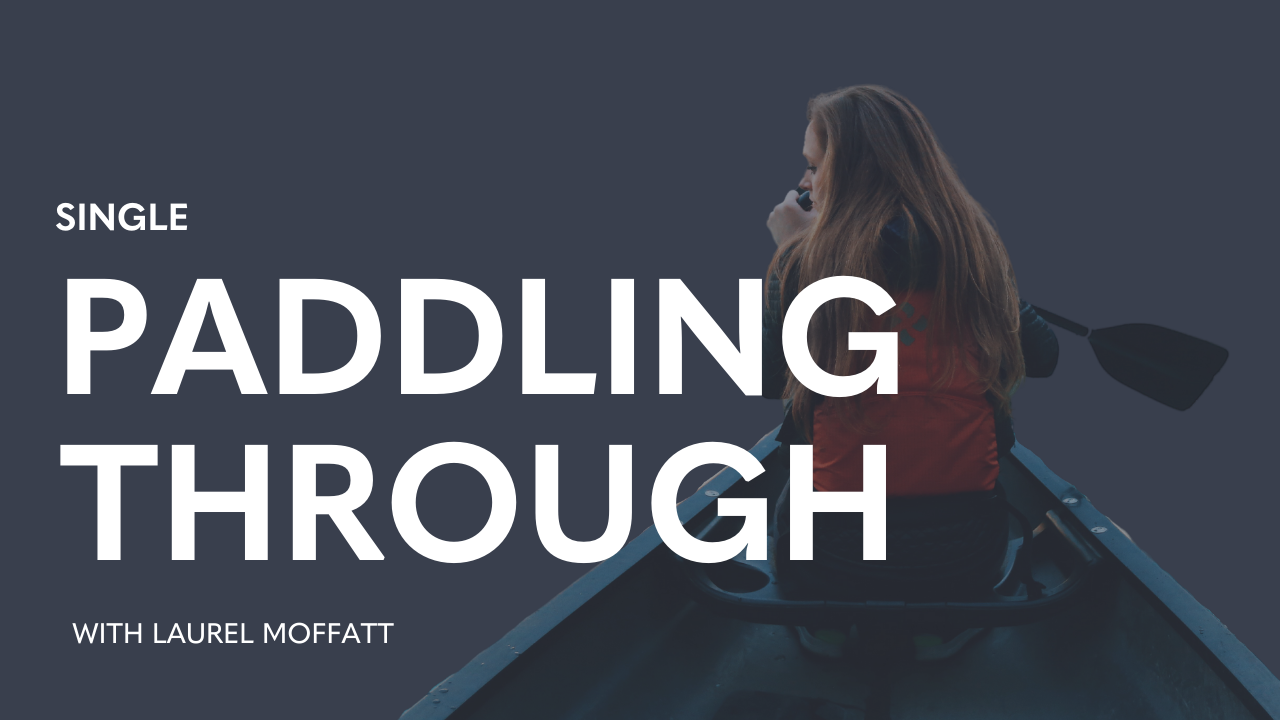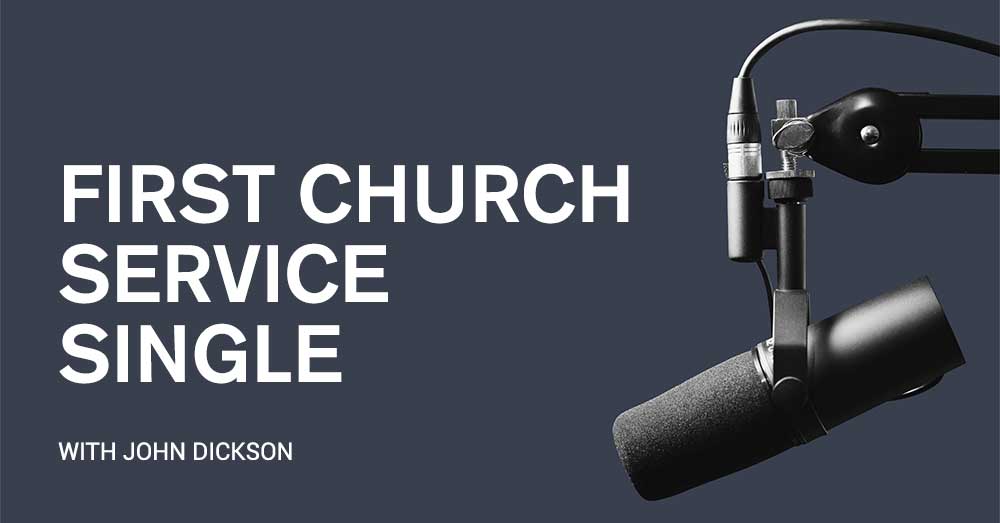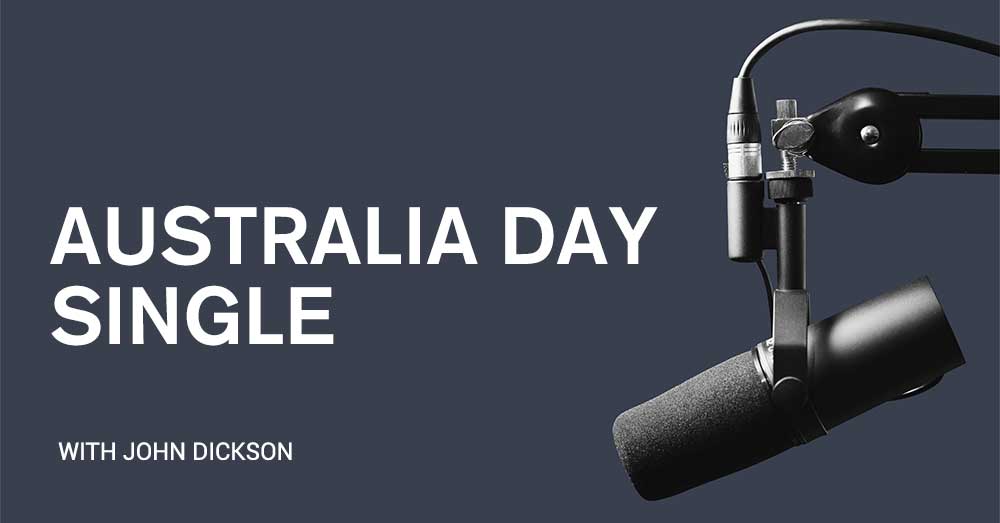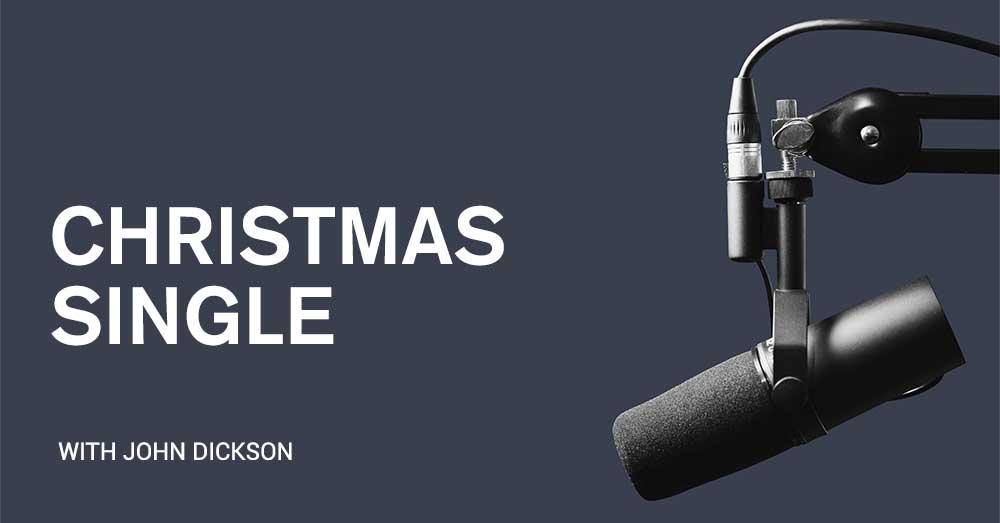By Laurel Moffatt
A little while ago, I completely forgot about the pandemic. A friend took me kayaking on an inlet of the harbour, where for an hour instead of thinking about the threat of infection or the need for distance, there was just water, a couple of kayaks and two friends floating in and out of earshot of one another.
In recent months the pandemic has opened the door wide to what constitutes a threat, and redefined our understanding of safety. As the virus moves silently among us, by us, it has made things that were once simple – going to work, school, shopping – complicated and packed with consequence. As a result, it is only natural that our minds work overtime to understand and alert us to potential dangers. It’s difficult work that takes a toll on both the mind and the body. As David Brooks says, “The pandemic spreads an existential feeling of unsafety, which registers in the neurons around your heart, lungs and viscera. It alters your nervous system, changing the way you see and perceive threat.”
An anxious circuit of thought is hard to break, especially if wherever we look we can find a danger to behold. The counter to this is the experience of safety, however brief. The difficulty is in finding such a thing in the middle of a pandemic, when ideas of danger and safety are all changing.
I stumbled into an experience of safety in kayaking – my mind rested for the first time in weeks. But since then, I’ve realised that paddling bears some similarity to another form of exercise in life: prayer.
Since March of this year, analysts have noticed an exponential rise in numbers, not of illnesses, but of a single word typed into online search fields in 95 different countries all over the world: “prayer”. The rise in searches for “prayer” surpasses the number ever recorded (since Google Trends began tracking such things around 2004).[1]
It is not known how the searches for “prayer” relate to conversions or spiritual growth within any religion, but it is this – a growing, global desire in the midst of the terrible unknown of the pandemic to know how to speak to God.
In the early fifth century, a wealthy, young widow named Proba wrote to Bishop Augustine. Despite her means, she was a refugee in North Africa following the sacking of her hometown, Rome. It was in the midst of uncertainty and suffering that she asked Augustine – perhaps somewhat anxiously – the same question that so many are asking now: how do I pray?
Augustine responded with an exploration of prayer. He began with her question, but also with what he believed prompted it, something that he described as a holy anxiety, inspired by God to lead Proba to God.
Prayer can spring from anxiety – suffering is rich ground for prayer – and when it is directed at the living God it becomes something that, even in the middle of chaos, can help set a course to something sure. In his letter, Augustine encouraged Proba to pray to God for a happy life, but of course, by that, he opened the door wide to what constitutes happiness, redefining it terms of eternity, and the gift that God offers of peace, the kind of peace that only his safety can bring. This slices through all the circuitry of our anxiety like a paddle slipping into water.
These are anxious times: global rates of infection are on the rise, restrictions ease in some places and tighten in others, we keep our physical distance while using all available means to connect with one another, and it would seem, if our online searches are any indication, that we desire connection not only with one another but to God as well.
In kayaking, I am learning how to navigate something that I don’t understand. I don’t know how the water moves or when the wind will change. The tide comes in and out and might carry me out with it, were it not for my paddle. A paddle doesn’t change the water or the wind, or remove the dangers they might bring, but it is useful, necessary even for navigating them.
Prayer’s a bit like that. It doesn’t ignore difficulty and danger, but engages with it. It can spring from it. It isn’t avoidance of the hard things, but a helpful, and I believe necessary first step through them. A prayer directed to God in anxiety, in suffering, in any kind of trial is the stroke of a paddle towards shore, towards safety, and ultimately towards rest.
[1] Bentzen, Jeanet Sinding. In Crisis, We Pray: Religiosity and the Covid-19 Pandemic. University of Copenhagen, May 2020. https://www.economics.ku.dk/research/corona/Bentzen_religiosity_covid.pdf
